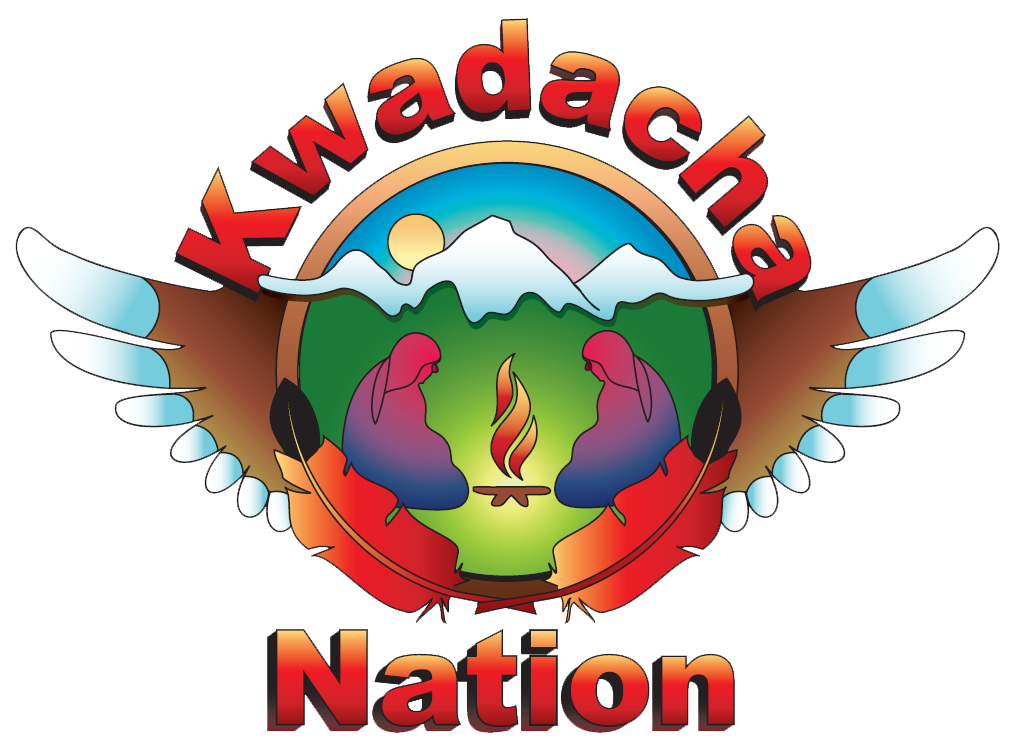History
It is nice to see you again!
The Kwadacha Nation (Tsek’ene) is commonly known as Fort Ware. Kwadacha is located 570 km North of Prince George BC at the confluence of the Fox, the Kwadacha, and Finlay rivers in the Rocky Mountain Trench.
In 1920, a trading post was founded at Fort Ware.
The Fort Ware Band was established when some members of the Fort Grahame Band (south of the Finlay and Ingenika rivers) split off to form an independent band at Fort Ware. In 1959, the two bands amalgamated as the Finlay River Band. The Finlay River Band divided into the Fort Ware and Ingenika bands in 1970. The Fort Ware Band later became known as the Kwadacha Nation.
Additional history can be found in the Language section in this website or on Wikipedia.
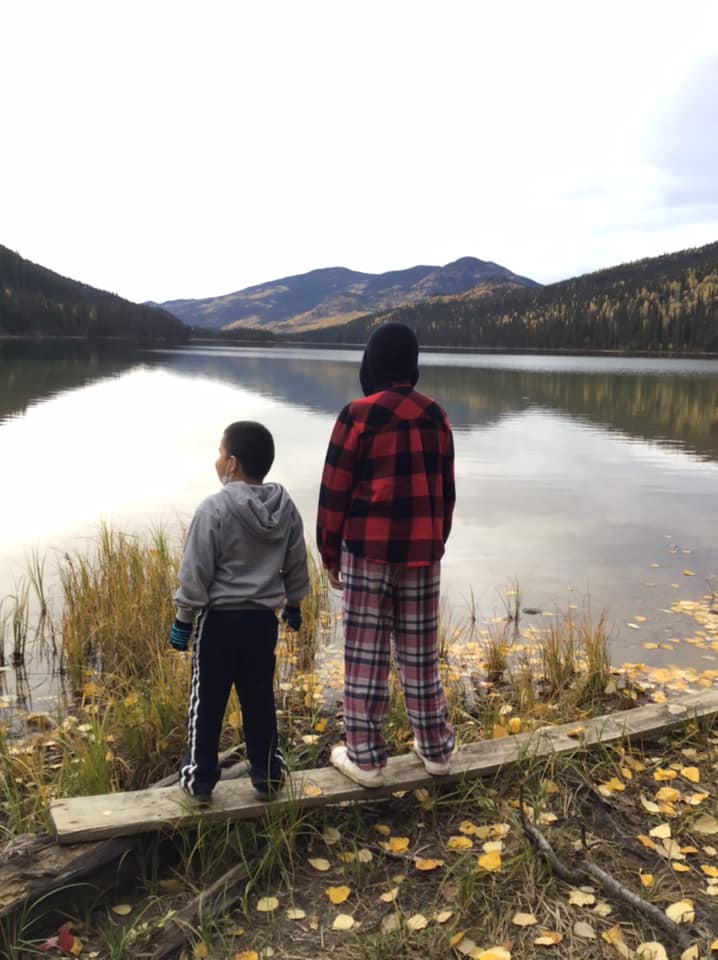
Our Mission
Kwadacha Nation maintains a balance of resources and the needs of our people for current and future generations as taught by our ancestors.
Our Vision
Kwadacha Dune are healthy, prosperous, self sufficient, and protectors of khuta khudowa uwidlah (everything the creator gave us).
Our Language
Kwadacha Tsek’ene First Nation People’s History
For many generations, our people traveled our land. The Finlay River basin is the heart of our Tsek’ene country, but we moved freely throughout the Finlay, Parsnip, and Upper Peace River basins and traveled up and down the Rocky Mountain Trench from McLeod Lake (north of Prince George) to south of the Liard River. Our ancestors tell stories of trade with and travel to Carrier, Tahltan, Beaver, Tlingit, and Kaska lands as well as tales of venturing as far away as where Vancouver is now.
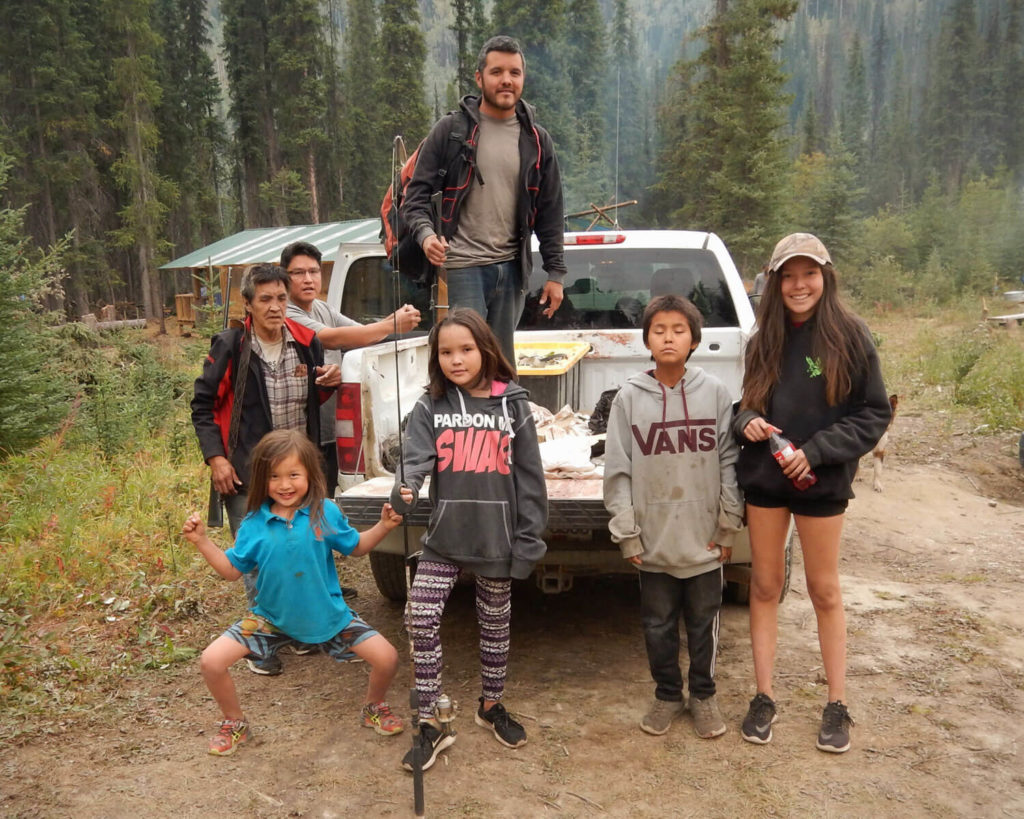
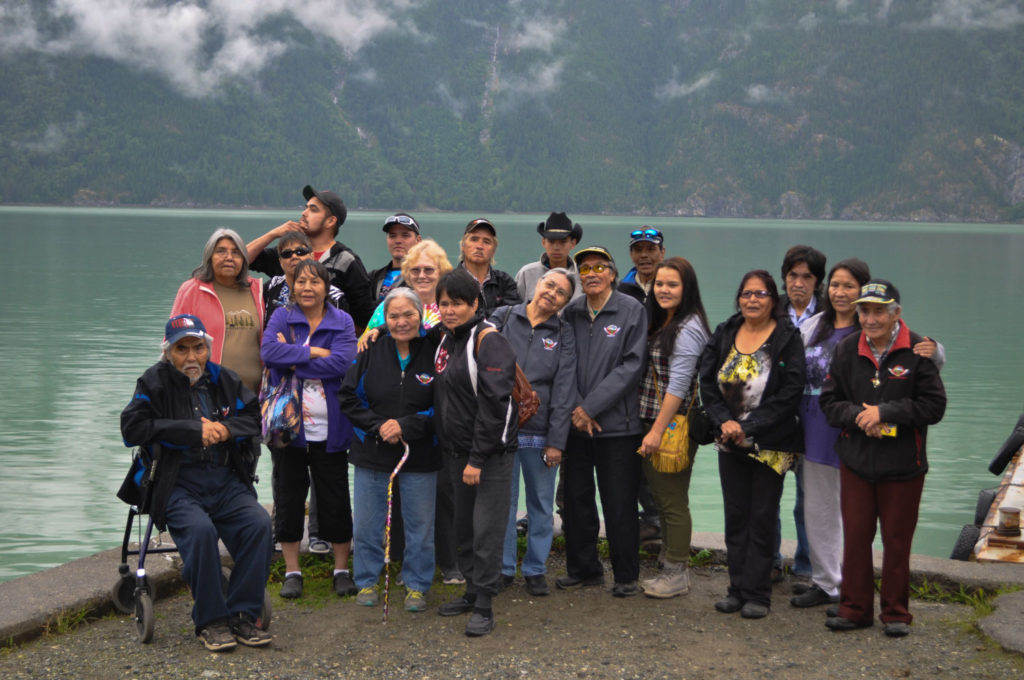
relying on our land and knowledge
These four stories represent the first installment of the Kwadacha Tsek’ene language on the FirstVoices web site. We relied on our land and our knowledge of it to provide food and shelter for our families. Later, in the 1800’s and 1900’s, as Hudson’s Bay Company built trading posts up the Finlay River at Finlay Forks, Fort Grahame, and Fort Ware, Tsek’ene families began to make small villages nearby. They also traveled to trading posts at McDames Creek, Lower Post, Caribou Hide, and Ft. Nelson. Through intermarriage from North, South, East, and West, families formed that became the foundation of the Kwadacha Tsek’ene: Seymour, McCook, Abou, Charlie, Bob, Massettoe, Porter, Izony, Van Somer, Poole, Pierre, Tomah, Egnell, Hunter, and Davie. We also honor and remember our Tsek’ene ancestors who came before, such as Tsigazi, a skillful hunter and provider from long ago.
Disrupted Travel Routes
In the late 1960’s, our regular travel routes to Fort Grahame and McLeod Lake, two main Tsek’ene towns to the south, were disrupted when the W.A.C. Bennett Dam near Hudson’s Hope stopped the Peace River. Behind the dam, Williston reservoir flooded a large area of the Rocky Mountain Trench, covering Fort Grahame and Finlay Forks. The man-made lake was too dangerous to travel on by boat, and the only alternate method of travel, flying by plane, was expensive. The formation of Williston Lake changed Tsek’ene lifestyle and interrupted relations between Kwadacha Tsek’ene and more southernly Tsek’ene people, especially those near McLeod Lake. The Tsek’ene whose homes were flooded returned to the northern end of the lake and established the community of Tsay Keh Dene, 75 kilometres south of Fort Ware.
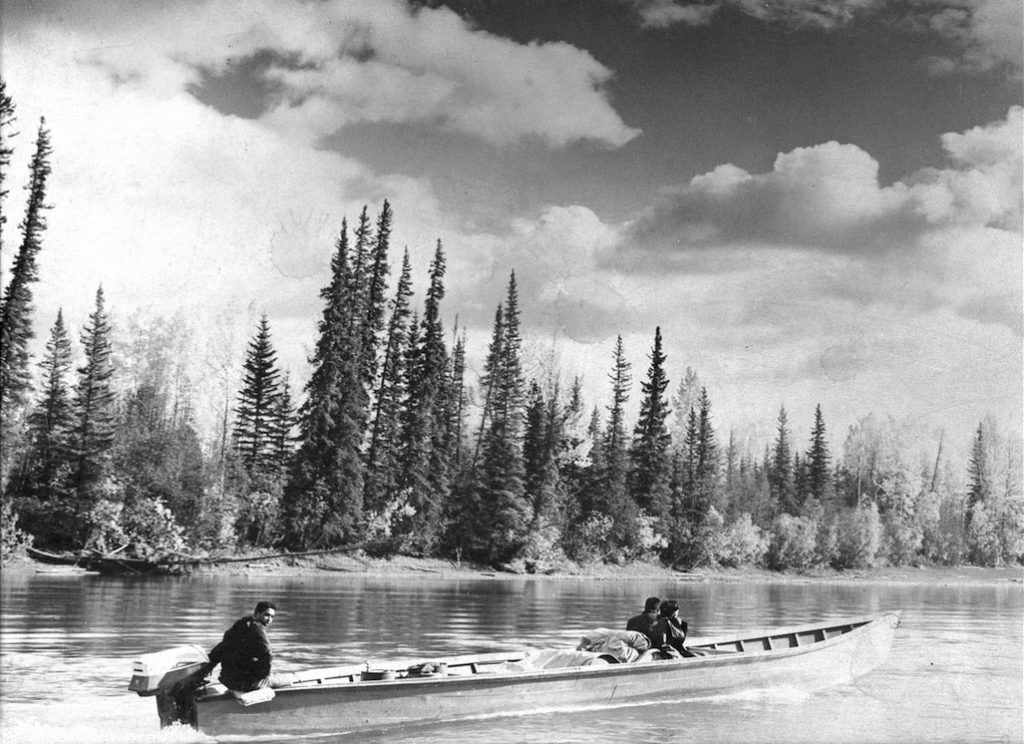
Building a future for our Children
Negotiations with B.C. Hydro and the provincial governments regarding damages derived from the dam and reservoir are now in the final stages. Settlement of this claim will be a landmark in our history. We can turn to the future and build for our children.
Our Language
Language studies and our Elders’ knowledge show that the Tsek’ene language is closely related to Beaver (Dunne-za), and our historical stories say that once we were one people.
